 MAIN-COURSE VEGETARIAN
MAIN-COURSE VEGETARIAN
PLEASURES Jeanne Lemlin
T o Susanne and Daniel,
two wonderful children who have given me so much joy
Contents
W hen it comes to preparing a vegetarian meal, the entre is the biggest challenge. Favorite recipes for meatless appetizers, soups, salads, and, of course, breads and desserts are discovered in all types of cookbooks, as well as in magazines or from friends. But an exceptional vegetarian main course, that's a rarer bird. For many cooks, vegetarian and nonvegetarian alike, the meatless centerpiece that is outstanding and memorable is a real find. So I have decided, in this third book of mine, to face the challenge head-on and offer you 125 recipes for vegetarian main courses. Most are quick and easy, and are so designated.
Although my passion for cooking has not diminished over the years, I do have less time for it now with a young child to care for. Quickness, without sacrificing quality, has become the pace in my kitchen. My idea of a quick meal is preparation time of less than thirty minutes. I don't include baking or marinating time because nothing is demanded of me except waiting. There are occasions, however, when I want to extend myself and prepare an elaborate meal for guests. I've included these more involved dishes in the Especially for Entertaining chapter.
Although they demand more attention, they are generally not difficult to prepare. And in many instances you can prepare some of the steps in advance. As in my second book, Quick Vegetarian Pleasures, I have maintained a cautious but relaxed approach to health and diet. Although I am watchful of my fat intake, and I cook with a plentiful assortment of fresh vegetables, grains, and legumes, I have avoided turning my recipes into mathematical problems by calculating all the nutrients and fats. I lament the trend in today's cooking where the kitchen no longer seems a place of joy, comfort, and fun but instead a laboratory in which food has become a problem to be solved. In so many kitchens, cans of vegetable-oil spray now take up counter space next to the calculator.
Sometimes it feels as though the "fat patrol" is out there ready to flagellate those food writers who don't provide nutritional breakdowns with their recipes. Some writers have become so intimidated by this expectation that they artificially keep these figures down by increasing the number of portions a recipe will serve. Smaller portions mean lower fat figures. This is deceptive. The servings in this book are generous. For example, a large pizza, a pound of pasta, a main-course grain or pasta salad usually will serve four people in my family.
Most cookbooks, however, would say these dishes serve six. Six mouselike portions, perhaps, not genuinely satisfying ones. The moderate approach to eating has always worked well for me. I choose lower-fat meals most of the time and allow myself to indulge in richer foods on occasion. Dessert is not an everyday treat; instead, I eat it only occasionally and make certain that it is worth waiting for. Brunch is another time when I allow myself to splurge.
It is not a meal I often prepare, but when I do, richer foods seem to suit the occasion. Foods very low in fat just don't provide the comforting touch one expects from a brunch, and so in those rare instances I relax my guard. With this approach I never feel deprived of the pleasures of eating, and the kitchen doesn't become a battlefield. But each person has to decide what works best for him or her and carry out that plan. Eating and cooking are highly personal matters. Tastes are like fingerprintsno two are exactly alike.
But one's tastes can change with education and exposure to new foods. The best way to develop an appreciation for fresh, wholesome food is to cook with these ingredients using adventurous, well-tested recipes that put flavor above all else. Once you begin to prepare meatless meals with grains, vegetables, and/or beans taking center stage, then any mystery surrounding them dissolves, and they soon become familiar additions to your cooking repertory. Couscous, polenta, assorted beans and lentils, lots of fresh vegetables, and sundry pastas can become the building blocks for a new way of eating, providing seemingly endless variety and enjoyment. If our diets are composed principally of generous amounts of fresh, healthful foods, then allowing ourselves a shortcut here and there does not compromise our standards in any significant measure. For example, frozen vegetables such as kale, spinach, peas, and corn can be great time-savers for the busy cook without sacrificing flavor or texture.
Canned beans are another example. If I allowed myself only freshly cooked beans rather than canned versions when pressed for time, I would eat far fewer beans. Cooking beans from scratch takes time and forethought, and with my busy schedule I know I would, more often than not, seek other, quicker recipes if I had to begin a recipe by cooking beans. So this is an allowance I grant myself, and I eat a lot more beans as a result. I do recommend, however, that you snoop around and find brands that don't have a preservative in them. They do exist (at both supermarkets and natural foods stores), and you'll find they are just as good, if not better, than those with disodium EDTA added.
Above all, I want you to enjoy your time in the kitchen. My three books have kept the words "Vegetarian Pleasures" in their titles because the pleasurable aspect of cooking is what is most in danger of being lost with the waxing and waning of so many cooking trends. Preserving that pleasure is of central importance to me. Whether you are a vegetarian or are just tired of having meat as the center of each meal, these recipes are meant to awaken your palate to a new sense of vegetable-based cookery. So with an eye on good health and with pleasure as our guide, let's begin to cook.
HEARTY
SOUPS
AND THICK
STEWS
I f you can spare an hour or so on weekends to make soup, you will benefit the whole week long.
Soup improves as it stands, and most of these recipes produce a large pot, which enables you to freeze a portion. Soup lasts a number of days in the refrigerator and it reheats well, making it possible for you to get a few meals out of one batch. For convenience, soup can't be beat. To make a great soup, you have to follow a few rules. When onions and garlic are called for, they must be sauted before any liquid is added. This heightens their flavors and gives the soup dimension.
If you were to just drop the onions and garlic into the stock, you'd have a weak-flavored soup. Also, make an effort to find a good vegetable stock base, whether powdered or cubed, or make your own stock, for stock is the foundation from which all the other flavors build. I try to prepare my soups at least a few hours in advance, but preferably the day before. Freshly made soup often lacks depth, and just a few hours of sitting can make it swim with flavor. These soups are substantial and are meant to be main courses.
Quick
C ooked pumpkin, a great source of beta carotene, is very mild and it gives wonderful body and color to this delicious chowder.Quick
C ooked pumpkin, a great source of beta carotene, is very mild and it gives wonderful body and color to this delicious chowder.
Don't hesitate to make this soup a few days in advance because, as with most soups, it benefits from sitting


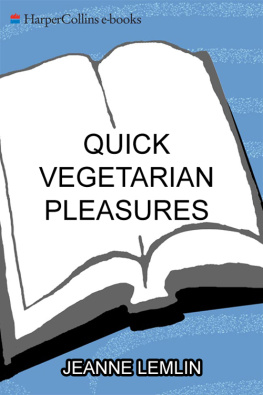


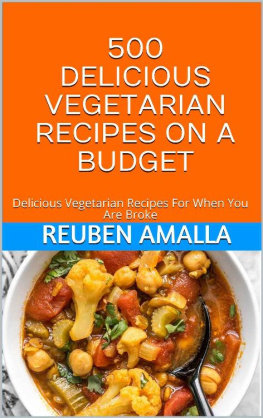
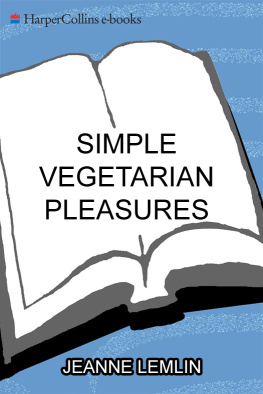



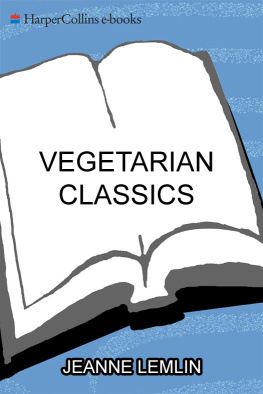
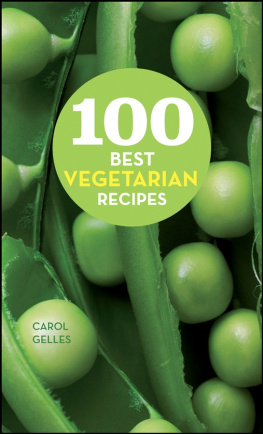
 MAIN-COURSE VEGETARIAN
MAIN-COURSE VEGETARIAN